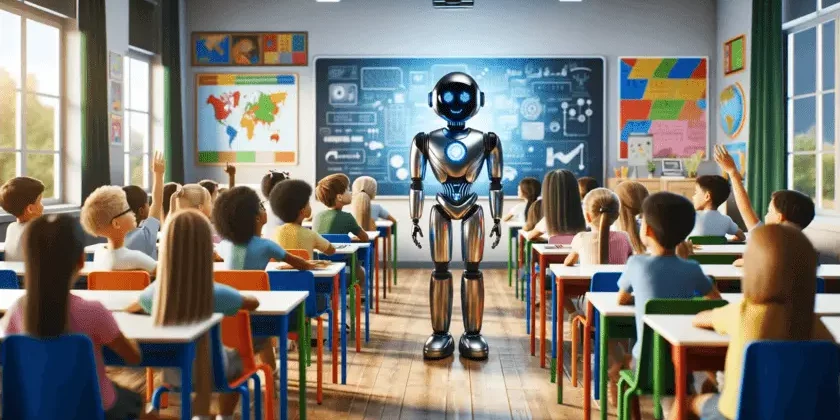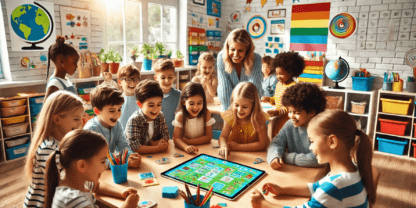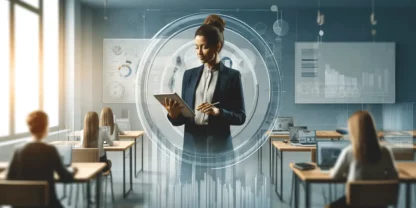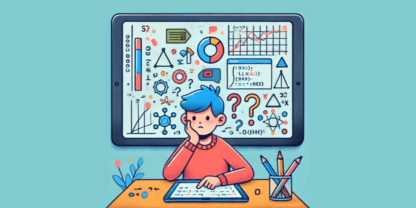Artificial intelligence’s meteoric rise isn’t slowing down anytime soon: in the words of one technology editor, “You thought 2023 was a big year for AI? Buckle up.”
That said, we’re at least going into the new year with a much clearer idea of what AI can and can’t do. There have been some incredible advancements made in the time since ChatGPT first entered the mainstream consciousness, but there have also been some massive issues raised. Now that we’ve seen so much of what AI can (and can’t) do, we can finally answer the question on every educator’s mind: can AI replace teachers?
It’s true that AI is well-suited to take on several of the most tedious or time-consuming tasks teachers face. But while today’s headlines are aglow with visions of AI-powered classrooms–where computers dispense knowledge and personalized learning paths to rows of attentive, independent students–it’s clear that AI cannot, and will not, replace teachers in the classroom. Here’s why:
The impact of human connection
First, the ability to make a lasting impact lies not in information delivery, but in genuine human connection. Students build more meaningful relationships with mentors than they do with machines. That’s why the U.S. Department of Education has stressed the importance of the ACE (Always Center Educators) approach to AI in the classroom.
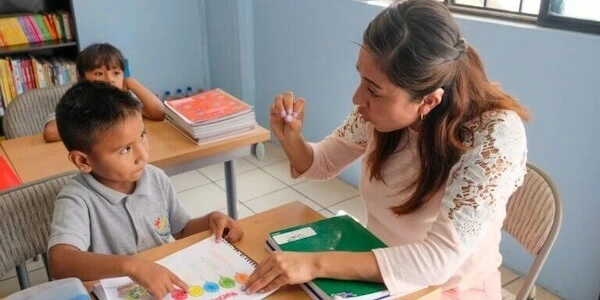

Teachers are there to give information, but also to help students navigate the emotional rollercoaster of learning. They provide a shoulder to cry on when concepts feel insurmountable, and cheer with enthusiasm when growth is made. Strong teacher-student relationships have been associated with higher student academic engagement, attendance, and grades, plus fewer disruptive behaviors and suspensions, and lower school dropout rates. AI, for all its processing power, lacks the emotional intelligence and empathy central to filling this need.
The unpredictability of learning
Secondly, learning is not a linear path. It’s a messy, dynamic journey of discovery and change, and teachers are always prepared to adapt as needed. AI? Not so much.
We know that students learn through mistakes and missteps. They learn through the unexpected insights that arise from a spontaneous classroom discussion. AI, however, struggles with the unpredictable nature of human interaction. It’s designed to follow instructions to a T, sometimes to a fault. It can’t tailor its outputs to the nuances of a class dynamic, respond to a student’s unspoken anxieties, or adapt to the unexpected detours that often lead to the most profound learning experiences. AI can’t replace teachers without these capabilities.
The ethical dilemma
Education is about shaping future generations of critical thinkers, empathetic citizens, and innovators. Not every situation is as simple as right vs. wrong, and so it’s vital that students are taught strategies to use when they find themselves in the gray areas of life. Time and time again, AI has proven that those gray areas are where it struggles most.
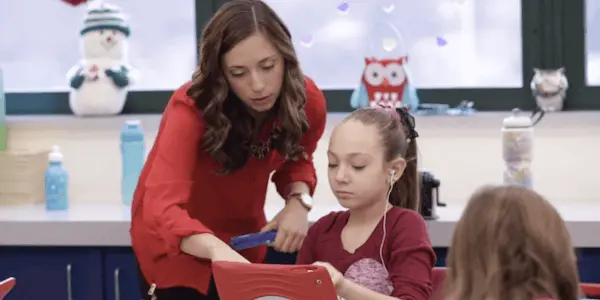

Research has shown that students are more likely to behave in a way that is consistent with behaviors modeled by their teachers than they are to behave in a manner consistent with the skills they have been taught in a lecture. Simply put, it’s not enough to just tell students the right thing to do; it’s important that students see positive behavior and decision-making processes modeled for them. AI, however, lacks the moral compass and life experience necessary to guide students on their ethical and social journeys. It is not capable of modeling behavior, and can often only respond appropriately in situations it has already been trained to handle.
How AI will more likely fit into the picture
All this isn’t to say that AI has no place in the classroom. Its abilities to personalize learning paths, provide immediate feedback, and analyze data are already proving invaluable for educators. However, these tools should be seen as partners, not replacements. Just as a calculator doesn’t replace the need for understanding math, AI won’t replace the need for human connection, adaptability, and guidance in the classroom. The future of education doesn’t lie in sterile, roboticized classrooms, but rather a balanced blend of human expertise and technological support.
Subscribe to the EdTech Evolved newsletter to keep up with the latest advancements on AI in education each month.
